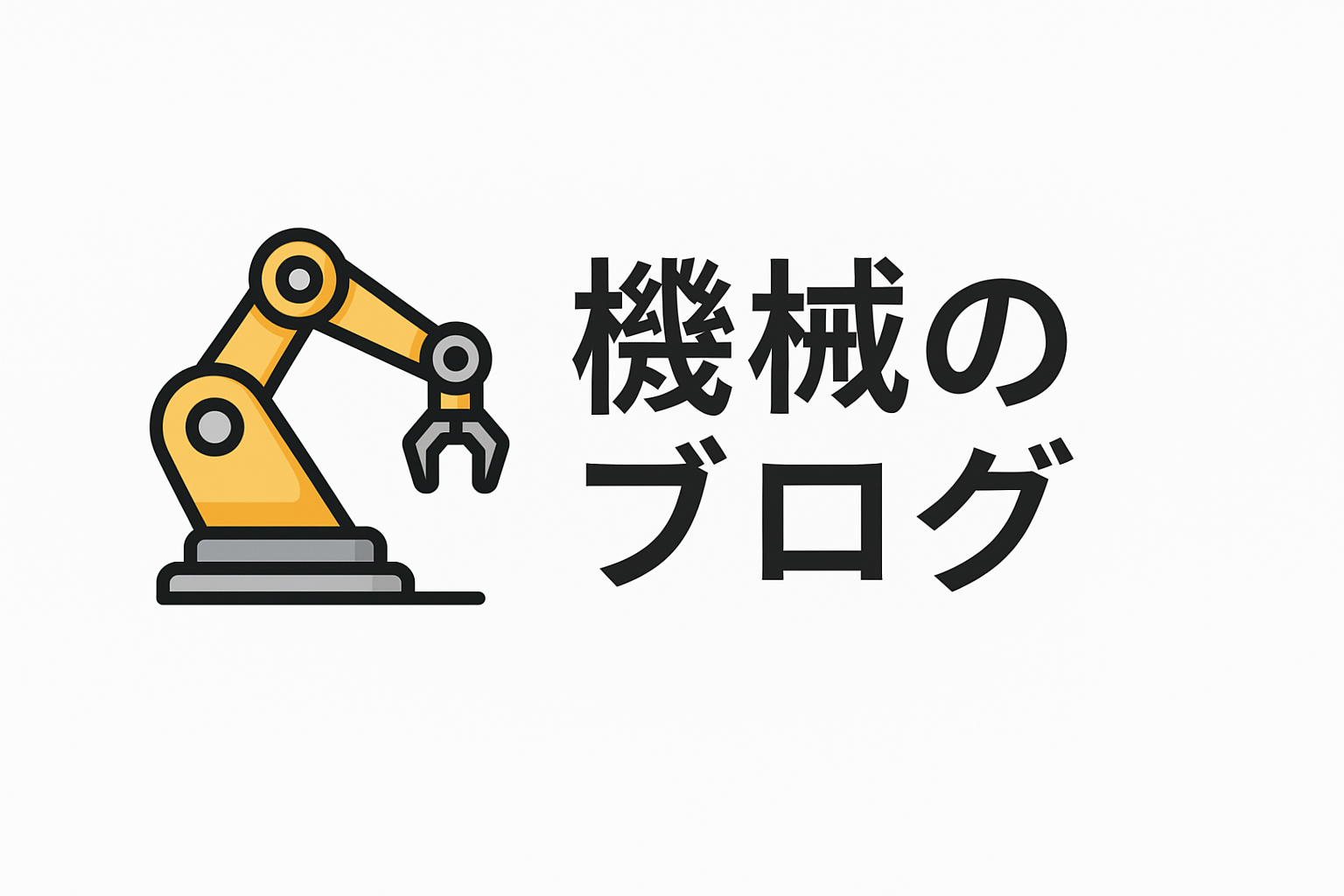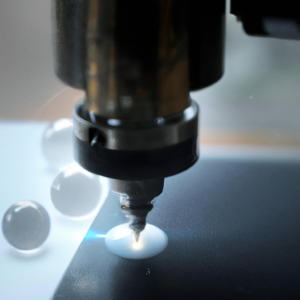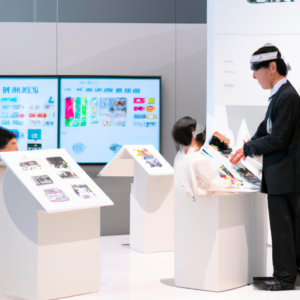Digital Twin Exhibition: Weaving the Future
The advent of digital twins has heralded a transformative era in the manufacturing sector. By creating virtual replicas of physical systems, digital twins offer unprecedented insights into real-time operations, enhance predictive capabilities, and optimize processes. As the industrial landscape becomes increasingly digitized, the role of digital twins in shaping the future cannot be overstated. This article delves into the intricacies of this technology, highlighting its impact across various facets of manufacturing.
Section 1: Understanding Digital Twins
Digital twins are virtual models designed to accurately reflect physical objects. In the world of manufacturing, they serve as digital counterparts of physical assets, processes, and systems. Utilizing data from sensors attached to real-world entities, digital twins simulate the actual conditions and dynamics of their physical counterparts. This enables manufacturers to monitor systems, conduct simulations, and predict outcomes with a high degree of accuracy.
The concept of digital twins is not entirely new. It traces its roots back to NASA’s space exploration programs, where virtual models were used to simulate and resolve issues before they occurred in reality. Today, with advancements in IoT, artificial intelligence, and data analytics, digital twins have become more sophisticated and accessible, driving innovation across the manufacturing sector.
Section 2: The Role of Digital Twins in Smart Manufacturing
In the realm of smart manufacturing, digital twins play a pivotal role in enhancing operational efficiency and productivity. By providing a comprehensive view of production processes, they enable manufacturers to identify bottlenecks, optimize resource allocation, and improve decision-making. Real-time data collected from digital twins can be used to simulate different scenarios, allowing manufacturers to test changes in a virtual environment before implementing them on the production floor.
Moreover, digital twins facilitate predictive maintenance by analyzing sensor data to forecast equipment failures. This proactive approach to maintenance reduces downtime and extends the lifespan of machinery, ultimately saving costs. By integrating digital twins with other Industry 4.0 technologies such as big data and machine learning, manufacturers can unlock new levels of efficiency and innovation.
Section 3: Enhancing Product Lifecycle Management
Digital twins are revolutionizing product lifecycle management (PLM) by offering a holistic view of a product’s journey from design to disposal. In the design phase, engineers can use digital twins to visualize and test prototypes, refine designs, and ensure products meet quality standards before they are manufactured. This reduces the need for physical prototypes and accelerates the time-to-market.
Throughout the production and operational phases, digital twins provide continuous feedback, helping manufacturers optimize processes and adapt to changes in demand. They also support end-of-life management by simulating various disposal and recycling scenarios, aiding in the development of sustainable practices. By bridging the gap between the digital and physical worlds, digital twins enable a seamless flow of information across the entire product lifecycle.
Section 4: Driving Innovation and Customization
In an era where consumer preferences are rapidly evolving, digital twins offer manufacturers the agility to innovate and customize products swiftly. By leveraging digital twins, companies can experiment with new materials, designs, and features in a risk-free virtual environment. This fosters innovation while minimizing the costs associated with trial-and-error in physical prototyping.
Furthermore, digital twins enable mass customization by allowing manufacturers to tailor products to individual customer specifications without compromising efficiency. Real-time data from digital twins can be used to adjust production processes dynamically, ensuring that customization does not lead to delays or increased costs. This capability is particularly valuable in industries such as automotive and aerospace, where customization is often a key differentiator.
Section 5: Overcoming Challenges and Looking Ahead
While digital twins offer significant benefits, their implementation is not without challenges. Data security and privacy concerns are paramount, as digital twins rely on vast amounts of sensitive information. Manufacturers must invest in robust cybersecurity measures to protect data integrity and prevent unauthorized access.
Additionally, the integration of digital twins into existing systems can be complex and resource-intensive. It requires a clear strategy, skilled personnel, and a commitment to continuous learning and adaptation. Despite these challenges, the potential of digital twins to transform manufacturing is immense.
Looking ahead, the future of digital twins in manufacturing is promising. As technology continues to evolve, digital twins will become more sophisticated, offering even deeper insights and greater integration with other digital tools. By embracing this technology, manufacturers can stay ahead of the curve, driving innovation and efficiency in an increasingly competitive landscape.
Conclusion
The Digital Twin Exhibition serves as a testament to the transformative potential of digital twins in manufacturing. By weaving together the physical and digital realms, digital twins are not only optimizing current processes but also paving the way for future innovations. As manufacturers continue to navigate the complexities of the digital age, embracing digital twin technology will be crucial in weaving a future that is efficient, sustainable, and responsive to the ever-changing demands of the market.
In conclusion, digital twins represent a pivotal shift in how manufacturers approach design, production, and lifecycle management. By harnessing the power of digital twins, manufacturers can unlock new opportunities, drive innovation, and maintain a competitive edge in the global marketplace. The future of manufacturing is digital, and digital twins are leading the charge.








